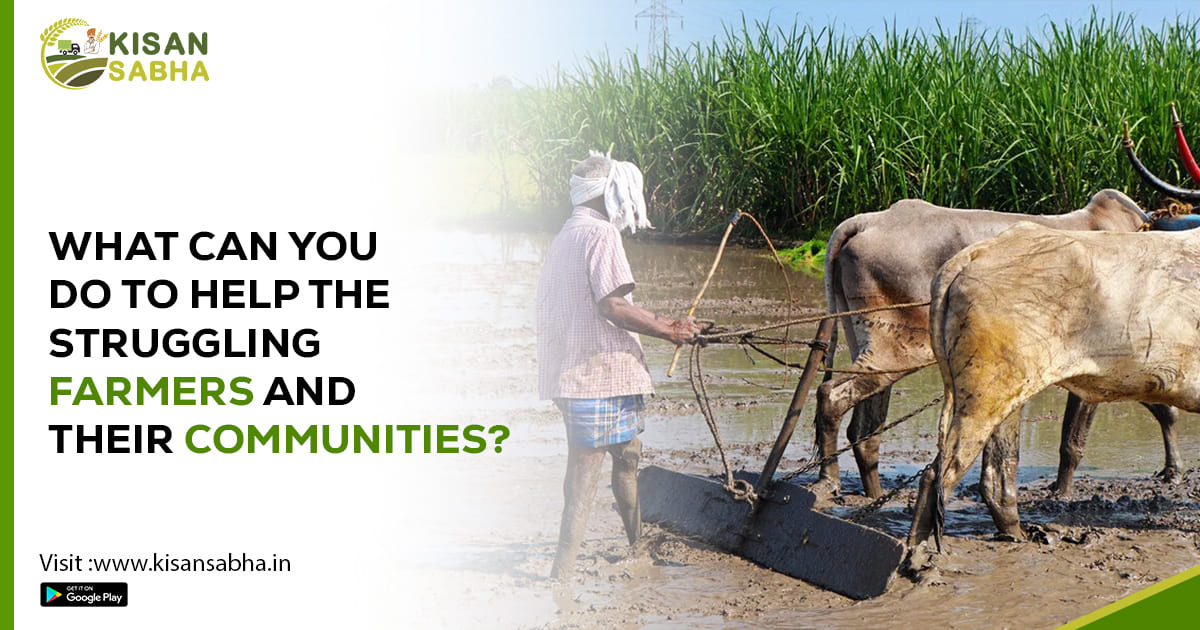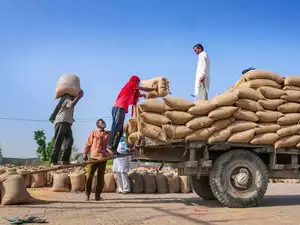Farmers work until the job is finished, persistently toiling even after the sun sets. No matter the winter frost or the summer heat, a farmer labors so that people everywhere can eat. The adage “If you ate today, thank a farmer” is true, but how does it apply to how our agricultural community continues to ensure fresh, nutritious produce is available nationwide? Moreover, food is also a necessity for human life at its most fundamental. People cannot survive without appropriate, nourishing food, making it a fundamental human right.
According to reports, about a billion people worldwide suffer from chronic undernourishment, and many more are unsure of where their next meal will come from. In this case, we may provide a helping hand to our food provider, who gave us the option of sleeping well after three meals.
Furthermore, have you ever considered helping the agricultural industry and struggling farmers? Here, we’ll outline some ways you may express your appreciation to the people who manufacture our food.
Here, we suggest how you may assist underprivileged, Struggling farmers and rural communities.
1) Inform farmers about sustainable agricultural practices
Moreover, giving farmers the correct information about agricultural methods and agriculture would benefit the farming community. You may assist them by providing them with information and current agricultural techniques. Agroforestry, organic farming, and permaculture are examples of farming methods that are more viable and sustainable on a small, rural scale. Furthermore, to use these methods, impoverished farmers must be made aware of them and provided with the resources they require.
2) Maintain and preserve the environment
Farmers and the environment are intrinsically connected. Moreover, farmers may benefit significantly from environmental stewardship. Long-term sustainable agriculture practices will only be effective with a healthy natural environment. Farms must be built in collaboration with the local ecosystem, not at its expense.
3) Consider putting community-specific programs into place.
Each distinct geographic area has distinctive qualities that call for unique requirements. Moreover, the agricultural community is more likely to experience great success if community-specific, customized programs that address the needs of specific locations are implemented. Furthermore, the Millennium Villages Project adheres to this method.
4) Continue to Boost Soil Productivity
Increased crop yields result from a farm’s healthy soil, which is the cornerstone of a healthy farm. Furthermore, to maintain soil productivity, the soil must be rebuilt after extensive cultivation. Techniques like fertilization, composting, interplanting, crop and field rotation, and fertilization can all help restore vital soil nutrients.
5) Access to Sustainable Water and Irrigation
A reliable water source is essential for the life of humans and the growth of crops. Drip irrigation systems allow farmers access to water for their crops, while rainwater gathering systems and wells may supply water to a community.
6) Boost the Production of Sustainable Crops
“The most excellent method to adopt the finest farming practices is through sustainable farming. Furthermore, to combat undernourishment and improve food security, crop yields must be increased. Farmers need access to high-quality seeds and knowledge about crop management, planting, growing, and harvesting.”
Also Read:- Benefits of Pesticide Use in Agriculture
7) Economic Structure
Economic structure has a significant impact on how farmers grow. To market their goods, farmers need a means to contact residents.
Small-scale farmers can also profit from farmer cooperatives, in which all the farmers in a community pool their resources to get a higher price for their commodities. Aid organizations must fund the infrastructure and knowledge required to build farm-based economic systems.
8) Developmental Programmes for Newborns and Their Mothers
“For the growth and welfare of the agricultural community, additionally, providing health care services to mothers, infants, and female farmers may be very beneficial.”
9) Teaching them how to take advantage of government programs
A lack of knowledge and education in the agricultural community has prevented the government from fully implementing its many welfare programs for farmers. Moreover, these programs have not yet reached the grassroots level. You may assist them by spreading knowledge and offering fundamental education about such programs.
“By doing this, you can not only help those who put in land instead of just hours. So, if you ate today, thank a farmer who toils with their blood and sweat to provide three meals a day and a restful night’s sleep.”





